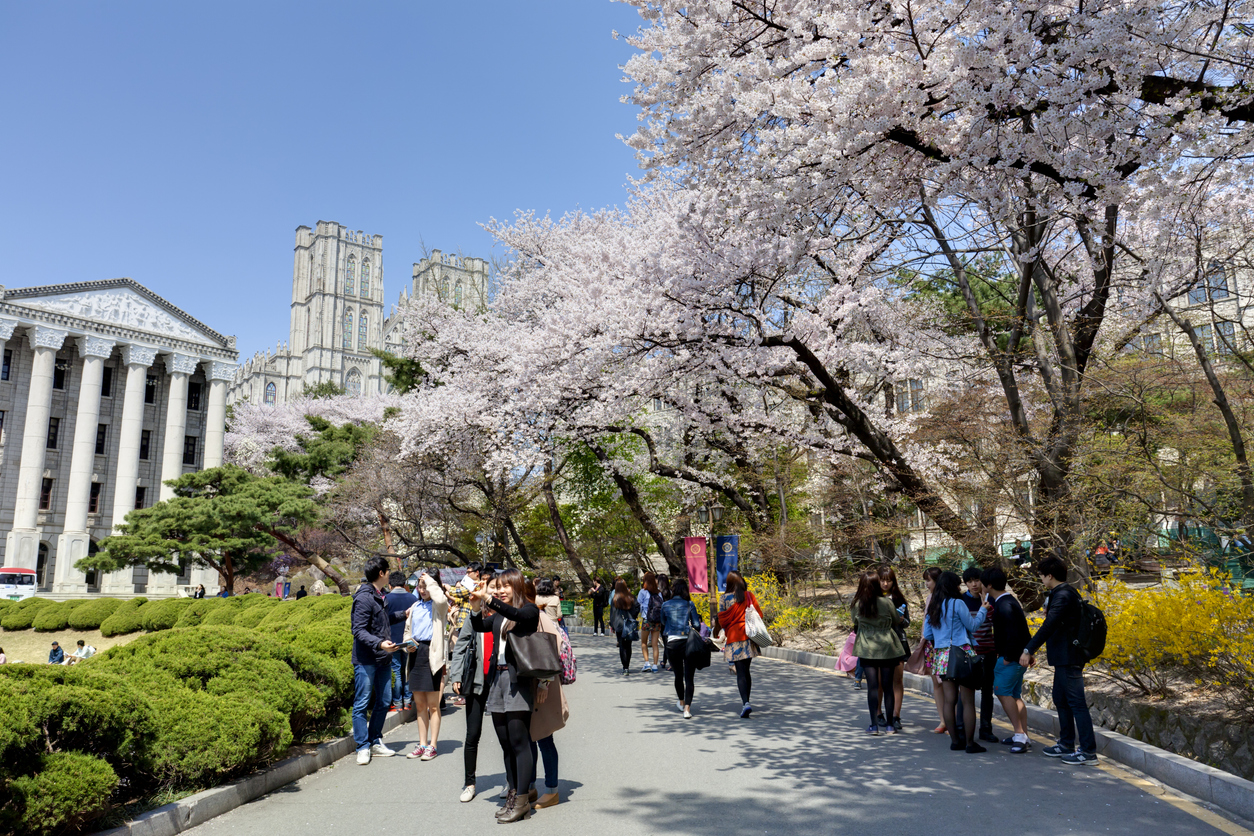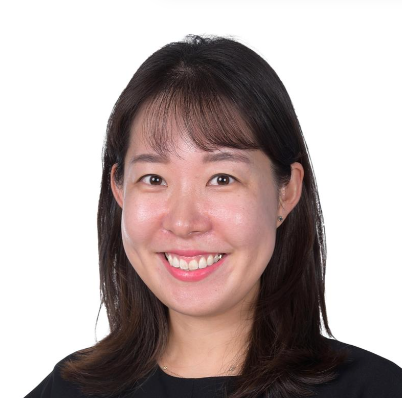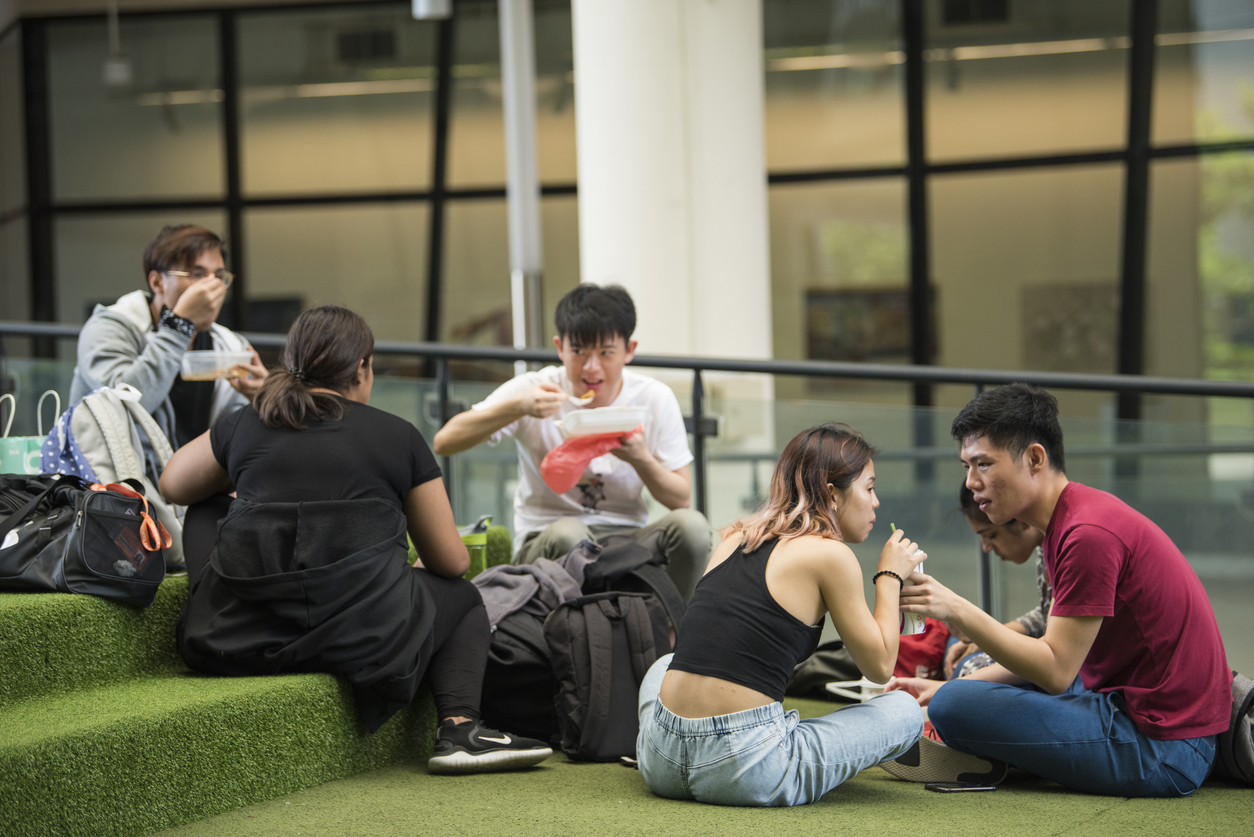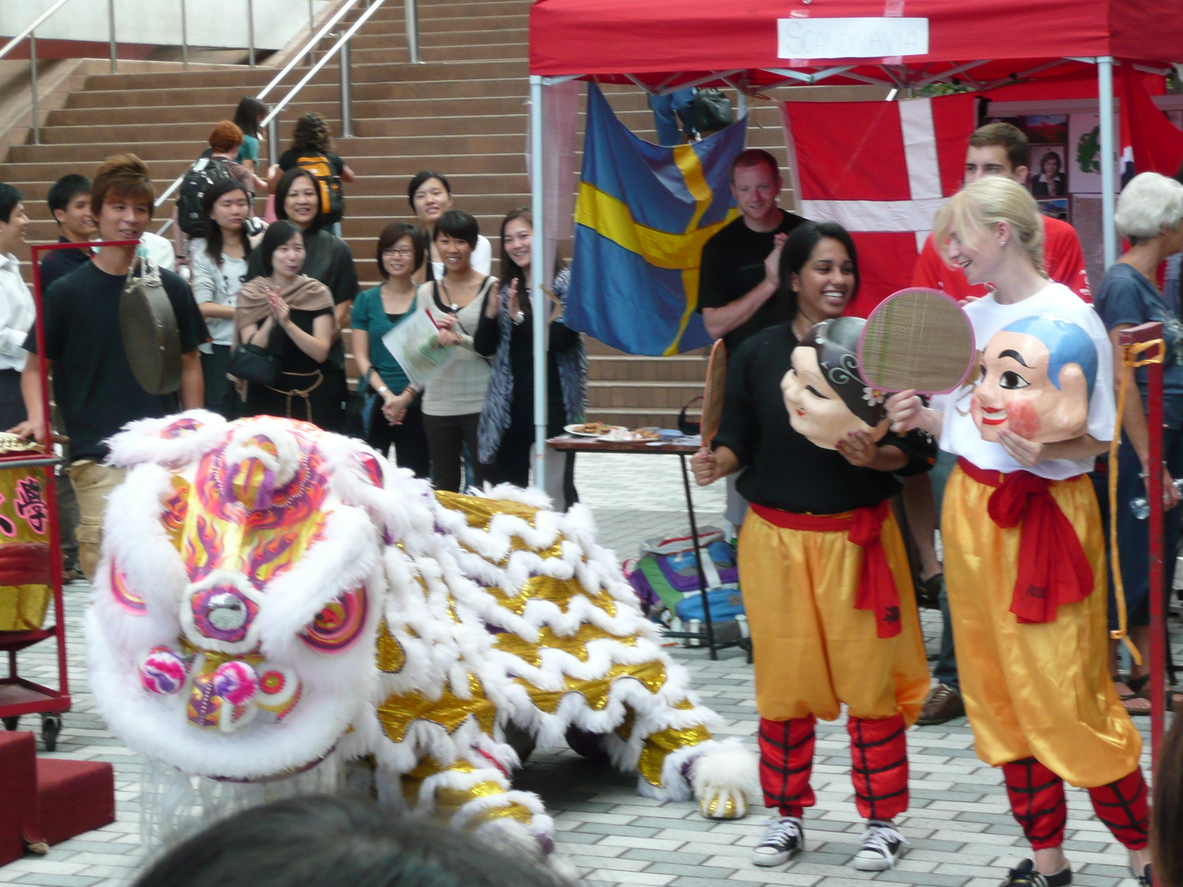How to apply to university in South Korea
South Korea’s universities are known for their competitive application process – so students need to be well prepared

Sponsored by
South Korea is known for its high educational standards and its serious emphasis on academic results. With the growing popularity of K-pop, many students have developed an interest in Korea and are eager to study there and experience its distinctive culture.
Universities in South Korea are renowned for their strong academic reputation, cutting-edge research facilities and diverse international student communities, while the country’s technological advancements, vibrant city life and fascinating history provide a unique backdrop for learning.
Many students are drawn to Korean universities because of their innovative programmes – especially those offered in English – which allow international students to engage with world-class faculty and enhance their academic and professional skills.
Choosing a Korean university
International students need to choose a university that offers an English-taught programme. For example, Yonsei University, in Seoul, offers the Underwood International College programme, with courses taught entirely in English.
The Korea Advanced Institute of Science and Technology (KAIST), in Daejeon, and Seoul National University also offer a number of English-taught courses.
Students should be aware that Korean universities offering English-taught courses are typically top-ranking institutions and are harder to get into. Therefore, only students with strong high school grades are advised to apply.
Application deadlines
Once students have chosen a university, they must be mindful of application deadlines. For the autumn semester (September intake), these deadlines typically fall in early spring – around early March. For the spring semester (March intake), they are usually in mid-July.
For high school students, the spring semester application period can coincide with their summer vacation. As a result, it is especially important to review deadlines carefully and plan to submit applications one to two months in advance, to ensure a smooth process before the holiday starts.
Since deadlines vary between universities, checking the official website of each institution is essential to avoid missing any important dates.
Application process
The application process for South Korean universities is relatively straightforward. Most institutions require you to complete an online application form through their official website. You will need to submit various documents as part of your application, including academic transcripts, letters of recommendation, a copy of your passport, proof of English proficiency, a statement of purpose, and a resumé or activity record.
Most universities require a Korean-language proficiency test for students who do not hold Korean citizenship. This requirement also applies to students with Korean citizenship who have completed all their schooling abroad. The application fee is typically between $80 and $100.
Completing the application process does not mean that document preparation is finished. After receiving an admission offer, students must submit an original transcript before enrolling at the university. Therefore, it is essential to keep it safe and submit it according to the designated schedule.
Since the admissions process is primarily document-based, it’s essential to ensure that all required materials are complete and error-free. Missing or incomplete documents will result in outright rejection during the document-screening process. Again, by planning ahead and double-checking their applications, students can enhance their likelihood of a successful submission.
Typically, online application forms allow for edits after submission, as long as changes are made before the deadline. Therefore, it is important that students manage their time effectively to ensure that at least the basic information is completed in advance.
Applying for a visa
After students have been accepted into a Korean university, they will need to apply for a D-2 student visa. The required documents for the D-2 visa include the visa application form, visa fee (about $50), a passport-sized photo, a bank statement, a passport with at least six months of validity, and an acceptance letter from the Korean university.
Students can submit their documents to the nearest Korean consulate or embassy and wait for approval. This may take a few weeks – or sometimes a few months – so it is essential to apply early.
This visa allows international students to study full-time in South Korea. Upon arrival in South Korea, they will also need to register with the local immigration office within 90 days to obtain an Alien Registration Card, which will serve as an official ID during their stay.
Funding opportunities
South Korean universities offer a variety of scholarships to international students, many of which cover tuition, living expenses and even airfares. For example, Korea Advanced Institute of Science and Technology (KAIST), one of South Korea’s leading universities, offers generous scholarships that cover full tuition, accommodation, living expenses and airfares. This makes KAIST an attractive choice for many international students seeking financial support.
In addition to university-based scholarships, the Korean Government Scholarship Program offers a fully funded scholarship for international students pursuing undergraduate or graduate degrees.
International students holding a D-2 student visa are also allowed to work part-time, up to 20 hours per week during term-time, which can help with living expenses.



